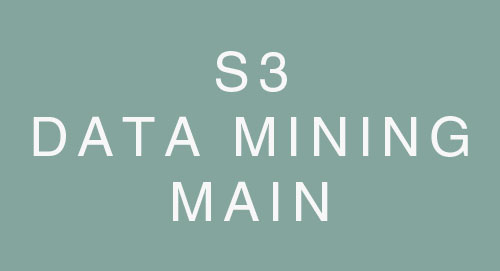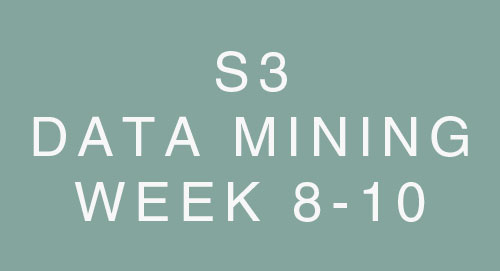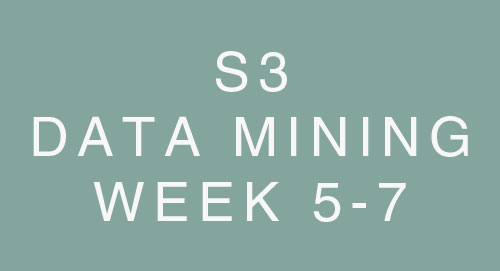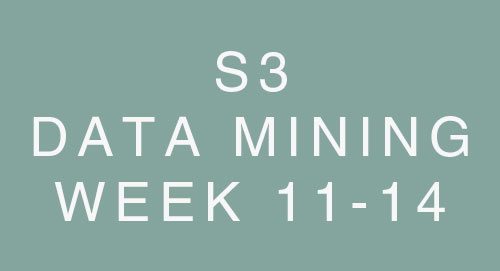Semester 3 - Python - Assignment 1
Q1. For any Programming Language requires some basic concepts, Briefly explain the following concepts
I. Data Type
II. Data Structures
III. Variables
IV. Flow Control Structures
Data TypesPermalink
- Refers to the type of data a variable can store in a program.
- Examples of common data types:
- Integer (e.g. 5, -10)
- Float (e.g. 3.14, 0.01)
- Boolean (true or false)
- String (e.g. “hello”, “goodbye”)
Data StructuresPermalink
- A way of organizing and storing data in a program.
- Examples of data structures:
- Arrays (ordered collection)
- Linked Lists (linear collection)
- Stacks (Last-In-First-Out collection)
- Queues (First-In-First-Out collection)
- Trees (hierarchical collection)
VariablesPermalink
- Named storage locations for holding data in a program.
- Variables must be declared with a specific data type.
- The value stored in a variable can be changed during the program execution.
Flow Control StructuresPermalink
- Control the flow of execution of a program.
- Examples of flow control structures:
- If-Else (decision-making structure)
- Loops (For, While)
- Switch-Case (multiple-choice decision-making structure)
Q2. Difference between Compiler and Interpreter
DifferencePermalink
- Compiler: converts the entire source code into machine code before the program is executed (e.g. C++, C#, Java).
- Interpreter: interprets the source code line by line and executes it immediately (e.g. Python, Ruby, JavaScript).
- Example: Python uses an interpreter to execute the code, allowing for interactive and dynamic programming.
Q3. Python is a simple programming language ,Explain the following a. Python Programming Language applications b. Benefits of Python Language over Other Programming Languages
Python Programming Language Applications:Permalink
- Web development with frameworks such as Django and Flask
- Scientific computing, data analysis, and visualization with libraries like NumPy, Pandas, and Matplotlib
- Artificial intelligence and machine learning with libraries such as TensorFlow, Keras, and PyTorch
- Game development, especially for creating simple logic or educational games
- Automation for tasks like web scraping, data processing, and file management
Benefits of Python Language over Other Programming Languages:Permalink
- Simple and readable syntax
- Large and active community with plenty of online resources
- Cross-platform compatibility with multiple operating systems
- Versatility for a wide range of applications
- Large number of libraries for complex tasks with minimal code
- Dynamically typed for flexible and rapid development
Q4. Python consist of different operators, Explain I. Arithmetic operators on Python II. Numerical Operators in Python
Python Operators:Permalink
Arithmetic Operators:Permalink
- Addition (+)
- Subtraction (-)
- Multiplication (*)
- Division (/)
- Floor Division (//)
- Modulus/Remainder (%)
- Exponent (**)
Numerical Operators:Permalink
- Comparison operators: Less than (<), Less than or equal to (<=), Greater than (>), Greater than or equal to (>=), Equal to (==), Not equal to (!=)
- Logical operators: And (and), Or (or), Not (not)
- Bitwise operators: And (
&), Or (|), Xor (^), Not (~), Left shift (<<), Right shift (>>)
These operators can be used for mathematical operations on numeric data types and comparisons of Boolean values in Python.
For example:
2 + 3 # 5
4 - 2 # 2
3 * 4 # 12
5 / 2 # 2.5
5 // 2 # 2
5 % 2 # 1
2 ** 3 # 8
2 < 3 # True
3 >= 3 # True
2 == 3 # False
2 != 3 # True
(2 < 3) and (3 > 2) # True
(2 < 3) or (3 < 2) # True
not (2 < 3) # False
Q5. Explain the different conditional Operators in Python ?
Conditional Operators in PythonPermalink
- Used to control program flow based on conditions
- Types of conditional operators include:
- If-Else: performs an action based on a True or False condition
- If-Elif-Else: checks multiple conditions and performs one action based on the first True condition
- Nested If: checks multiple conditions inside another if statement
- Ternary Operator: assigns a value to a variable based on a condition
- Condition can be any expression that evaluates to a Boolean value (True or False)
If-ElsePermalink
if condition:
# code if True
else:
# code if False
If-Elif-ElsePermalink
if condition1:
# code if condition1 True
elif condition2:
# code if condition1 False and condition2 True
else:
# code if condition1 and condition2 False
Nested IfPermalink
if condition1:
# code if condition1 True
if condition2:
# code if condition1 and condition2 True
else:
# code if condition1 True and condition2 False
else:
# code if condition1 False
Ternary OperatorPermalink
value = expression1 if condition else expression2
Q6. Difference Between Logical and Bitwise Operator ?
Logical and Bitwise Operators in PythonPermalink
- Used to perform operations on binary data
- Logical operators (and, or, not) operate based on truth values of operands and return Boolean values
- Bitwise operators: And (
&), Or (|), Xor (^), Not (~), Left shift (<<), Right shift (>>) - Examples:
# Logical operators
x = True
y = False
print(x and y) # False
print(x or y) # True
print(not x) # False
# Bitwise operators
x = 5 # binary representation: 0000 0101
y = 3 # binary representation: 0000 0011
print(x & y) # 1
print(x | y) # 7
print(x ^ y) # 6
print(~x) # -6
print(x << 2) # 20
print(x >> 2) # 1
In summary, logical operators operate based on truth values of operands and return Boolean values, while bitwise operators operate on binary representations of operands.



